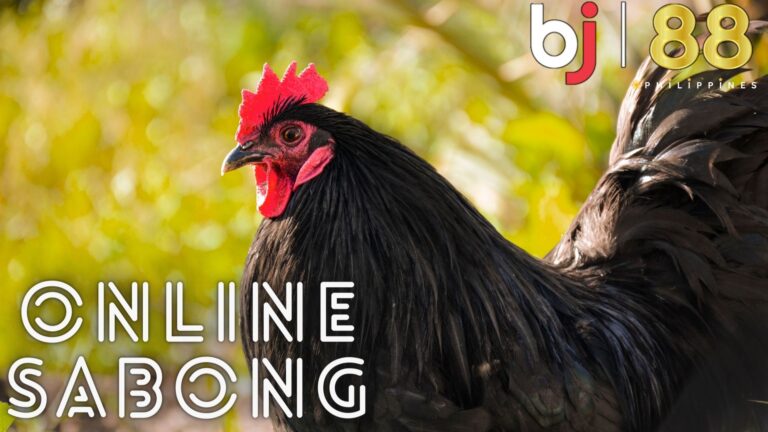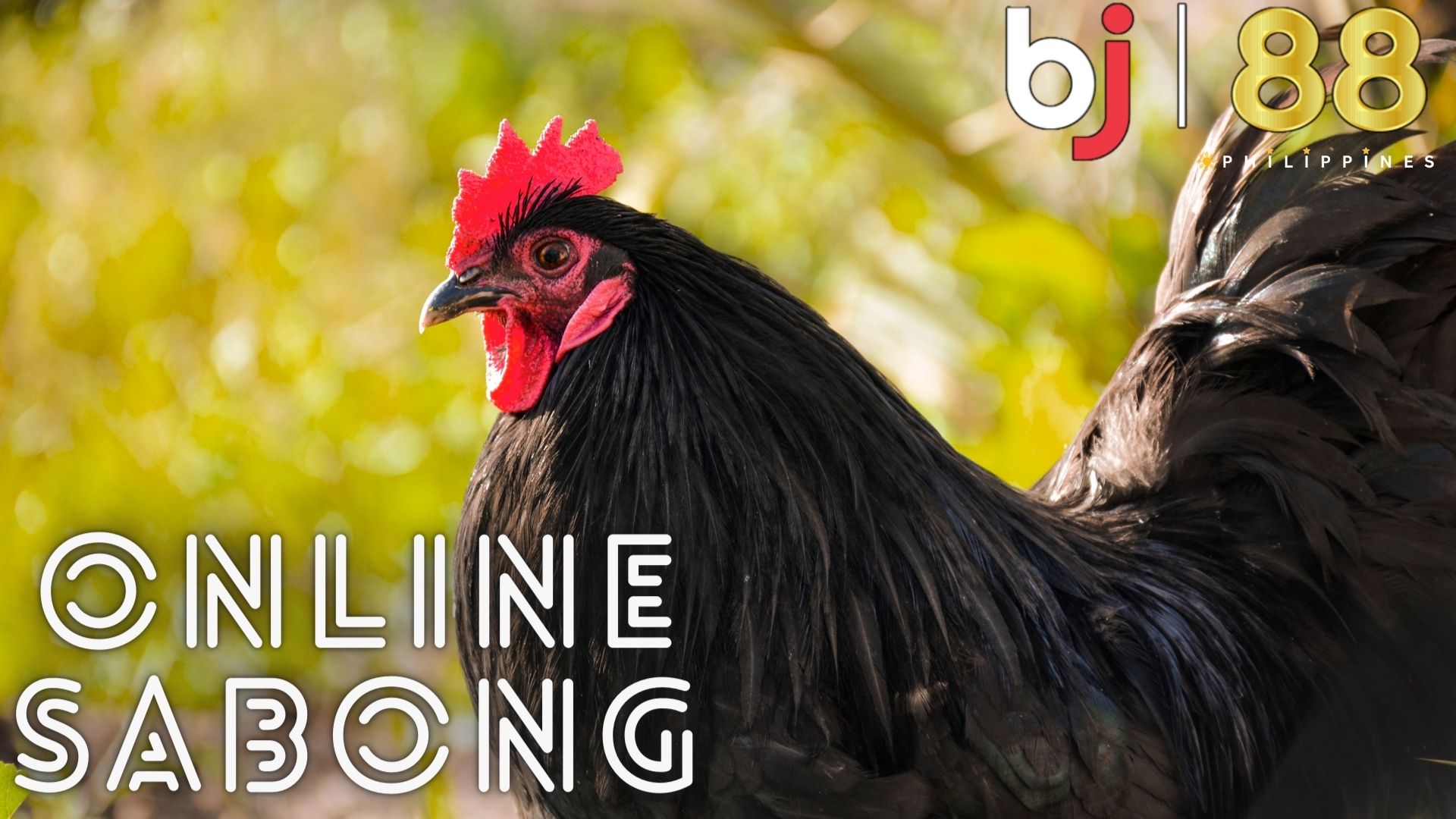The origins of sabong remain shrouded in mist, whispers of ancient cockfights echoing from the annals of Filipino, Chinese, and Indonesian history. But one thing is certain: sabong isn’t just a spectator sport; it’s a cultural touchstone, a symbol of courage, resilience, and the unwavering spirit that defines its people. From the majestic arenas of Manila to the humble backyards of rural villages, the cockfight has served as a stage for social gatherings, gambling thrills, and even a means of settling disputes.

From Ritual to Recreation: Tracing the Evolution of Sabong across Asia:
- The Ritualistic Roots: Sabong as a Symbol of Honor and Sacrifice:
Sabong’s beginnings weren’t solely about entertainment. In ancient Asian cultures, cockfights held deep religious and social significance. Roosters were prized possessions, offerings to deities, and symbols of masculinity, courage, and fertility. Their battles weren’t just about bloodshed; they were ritualistic displays, testaments to the divine will and the cyclical nature of life and death.
- From Bloodshed to Betting: The Rise of Sabong as a Popular Pastime:
As societies evolved and cultural nuances changed, sabong gradually transitioned from ritual to recreation. The thrill of the fight, the unpredictable dance of beak and talon, and the potential for financial gain transformed cockfighting into a popular pastime. From emperors wagering fortunes to villagers placing bets with their prized possessions, sabong became a shared passion, a social glue that transcended class and background.

Beyond the Feathers: The Enduring Legacy of Sabong in Asian Culture:
- A Cultural Tapestry: Sabong’s Influence on Art, Music, and Language:
Sabong’s impact extends far beyond the cockpit. It has woven itself into the very fabric of Asian culture, influencing art, music, and even language. From intricately carved rooster figurines to epic poems celebrating legendary roosters, sabong has inspired countless creative expressions. Even everyday vocabulary bears its mark, with phrases like “tapang ng manok” (bravery of a rooster) reflecting the values and ideals associated with these feathered fighters.
- A Symbol of Resilience: Sabong as a Catalyst for Community and Camaraderie:
Despite facing criticism and challenges, sabong continues to thrive in Asia. It remains a potent symbol of cultural identity, a shared passion that unites communities across generations. The cockpit transcends its physical boundaries, becoming a space for social interaction, lively debates, and the forging of lifelong friendships. In a world increasingly dominated by digital distractions, sabong offers a tangible connection to tradition, a reminder of shared heritage and the enduring spirit of its people.

Conclusion:
Sabong is more than just a cockfight; it’s a living history book, a vibrant tapestry woven with cultural significance, social evolution, and the unwavering spirit of the Asian people. By delving into its past, we gain a deeper understanding of the present, appreciating the traditions that continue to bind communities and the values that resonate across generations. So, the next time you witness the electrifying clash of beaks in the cockpit, remember – you’re not just watching a fight; you’re witnessing a cultural legacy, a testament to the enduring power of tradition, and the unwavering spirit that continues to define the heart of Asia.
